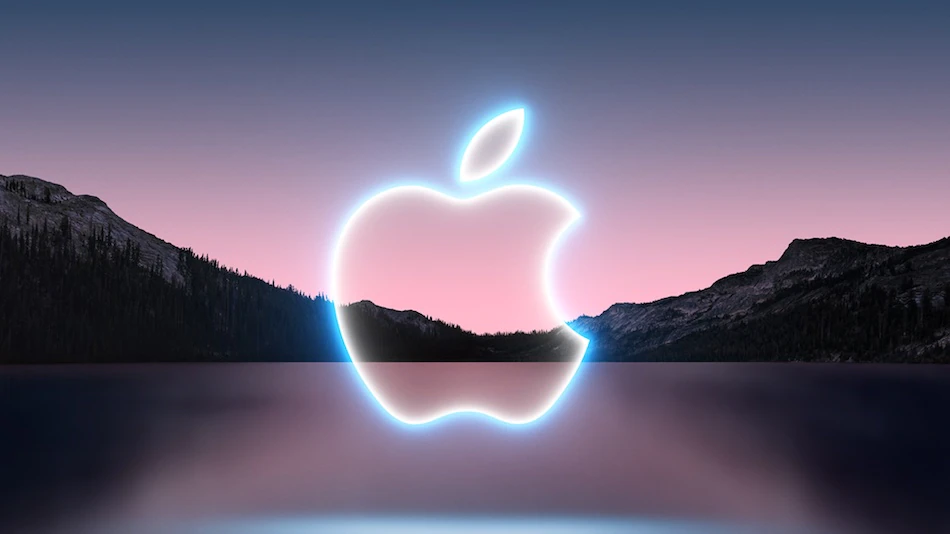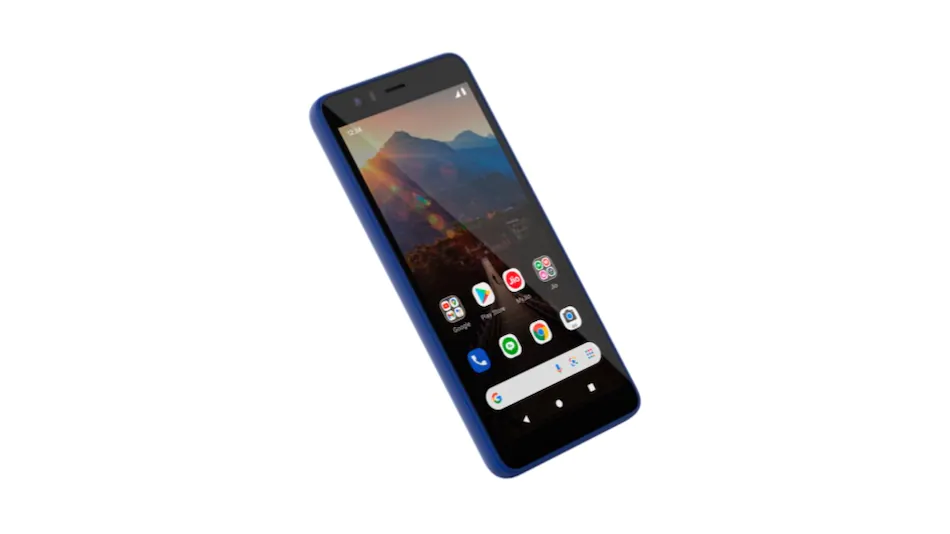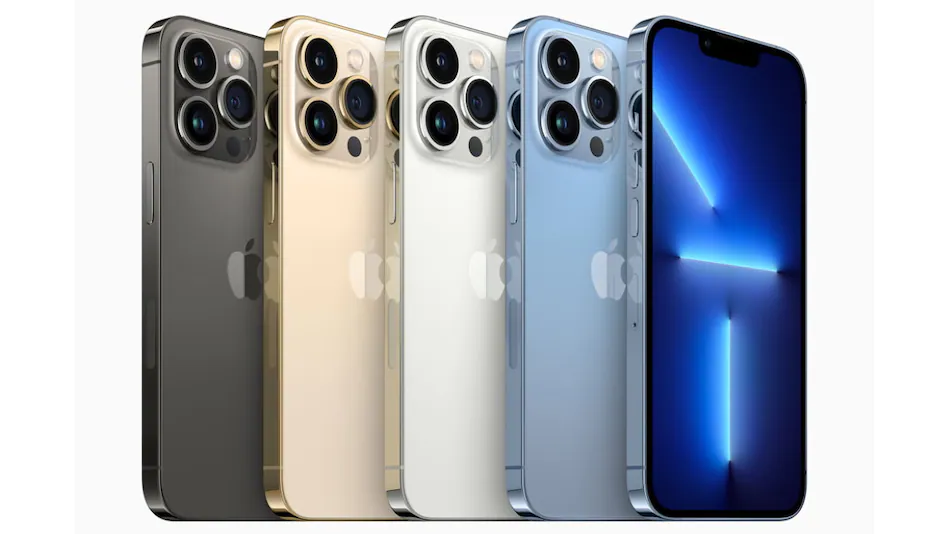iPhone 17 Charging Speed: What to Expect from Apple’s Next-Gen Power Innovations

- For years, iPhone users have watched Android devices boast increasingly rapid charging speeds, often leaving Apple’s offerings feeling a step behind. But with each new iteration, the hope for a significant leap in power delivery grows. As we look ahead to the iPhone 17 charging speed, the anticipation is palpable. Will Apple finally deliver a truly revolutionary quick charge experience that keeps pace with our demanding digital lives? Let’s dive into the rumors, the technology, and what this could mean for your daily routine.
- Stacked Battery Technology: This is a recurring rumor that could dramatically improve both battery density and charging efficiency. Stacked batteries, common in electric vehicles, allow for more power to be stored in the same physical space and can handle higher charging currents with less heat generation. This means a larger capacity battery that can also charge faster and potentially last longer.
- Improved Thermal Management: One of the biggest hurdles to sustained fast charging is heat. Excess heat can degrade battery health over time and force the phone to slow down charging to protect components. Apple is likely investing heavily in advanced thermal solutions, such as graphite sheets, new vapor chambers, or even more efficient internal layouts, to dissipate heat more effectively. Better thermal control means the iPhone 17 could maintain higher charging speeds for longer periods.
- Enhanced USB-C Power Delivery Protocol: While USB-C is already in place, Apple could optimize its implementation of the USB-PD standard. This might involve using specific chipsets or configurations that allow for more efficient negotiation between the charger and the device, leading to quicker and safer power transfer.
- MagSafe 3.0 & Wireless Charging Enhancements: While often slower than wired charging, wireless charging is all about convenience. The iPhone 17 could see an upgraded MagSafe system, potentially boosting its current 15W limit or introducing new inductive charging methods that are both faster and more efficient. Imagine even quicker magnetic top-ups on the go.
- Increased Productivity: Less time waiting for your phone to charge means more time being productive or enjoying your device.
- Reduced Range Anxiety: The ability to quickly top up your phone before heading out for the evening or between meetings alleviates the constant worry of running out of battery.
- Enhanced Convenience: A quick 10-minute charge could provide hours of usage, making power management a much less intrusive part of your day.
The Current Landscape of iPhone Charging: A Baseline
It’s critical to comprehend Apple’s current position before making any future projections. Peak charging speeds for modern iPhones, such as the iPhone 15 and 15 Pro Max, range from about 20W to 27W. This enables a respectable top-up, usually reaching 50% in around 30 minutes, but it is nothing compared to some flagship Android devices that can reach 80W, 120W, or even higher, fully charging in less than 20 minutes. A major step towards standardising the port and paving the way for expanded Power Delivery (PD) capabilities was the iPhone 15 lineup’s switch to USB-C. But there hasn’t been a noticeable rise in actual wattage yet.
Rumors and Leaks: What’s the Buzz Around iPhone 17 Charging?
Even now, users frequently find themselves tied to an outlet for longer than they would like, especially when using it heavily. Fast charging is one of the many potential enhancements that the iPhone 17 is anticipated to bring. According to industry rumours and patent applications, Apple is actively looking into a number of ways to improve its power delivery system. Finally, there might be a noticeable increase in power, possibly reaching the 35W, 40W, or even higher range, which would be a major improvement over the models that are currently on the market.
This would entail a thorough redesign of the entire charging ecosystem, not just an increase in the number.
#### Future Innovations & Technologies in Charging
The iPhone 17’s increased charging speed is said to be supported by a number of significant technological developments:
Fast charging on the iPhone 17 is not a luxury in our increasingly mobile and connected world; it is a need. These days, our smartphones serve as more than just communication tools; they are also our cameras, entertainment centres, navigational aids, and even mobile offices. Demanding applications, strong processors, and high-refresh-rate screens all use a lot of power. An increased rate of charging corresponds directly to:
There will be significant practical benefits for users if the iPhone 17 fulfils its promise of significantly faster charging speeds.
You’ll use your device more frequently and spend less time looking for an outlet. Consider a quick top-up during your lunch break that removes the need for an evening charge, or a quick morning charge that gets you through the day. But it’s also crucial to keep in mind that compatible accessories are frequently needed for faster charging. Even though Apple switched to USB-C, you might still require a higher-wattage power adapter in order to fully utilise the iPhone 17’s features.
Why Faster Charging Matters More Than Ever
It’s likely that Apple will keep selling these robust charging bricks separately, so keep that in mind when making plans for future upgrades. Faster charging raises concerns about battery longevity as well, but Apple works to reduce these risks with improved battery chemistry and sophisticated thermal management, guaranteeing that your iPhone battery health lasts a long time. For Apple, the iPhone 17’s charging speed is a crucial frontier. The need for immediate power will only increase as technology develops further.
What Does This Mean for You? Practical Implications
The iPhone 17 is expected to provide a charging experience that at last lives up to user expectations thanks to rumoured improvements in stacked battery technology, improved thermal management, and optimised USB-C Power Delivery. This is about smart, efficient, and user-focused power innovations that fit in with our hectic lives, not just about raw watts. Are you prepared for an iPhone that charges genuinely quickly? What do you think the iPhone 17’s power capabilities will be?
With Apple’s next-generation device, share your thoughts and prepare to experience a new era of convenient mobile charging. It’s critical to comprehend Apple’s current position before making any future projections. Peak charging speeds for modern iPhones, such as the iPhone 15 and 15 Pro Max, range from about 20W to 27W. This enables a respectable top-up, usually reaching 50% in around 30 minutes, but it is nothing compared to some flagship Android devices that can reach 80W, 120W, or even higher, fully charging in less than 20 minutes. A major step towards standardising the port and paving the way for expanded Power Delivery (PD) capabilities was the iPhone 15 lineup’s switch to USB-C.
The Future of Power is Fast and Efficient
But there hasn’t been a noticeable rise in actual wattage yet. Even now, users frequently find themselves tied to an outlet for longer than they would like, especially when using it heavily. Fast charging is one of the many potential enhancements that the iPhone 17 is anticipated to bring. According to industry rumours and patent applications, Apple is actively looking into a number of ways to improve its power delivery system.
Finally, there might be a noticeable increase in power, possibly reaching the 35W, 40W, or even higher range, which would be a major improvement over the models that are currently on the market. This would entail a thorough redesign of the entire charging ecosystem, not just an increase in the number.
#### Future Innovations & Technologies in Charging
The iPhone 17’s increased charging speed is said to be supported by a number of significant technological developments:
Fast charging on the iPhone 17 is not a luxury in our increasingly mobile and connected world; it is a need. These days, our smartphones serve as more than just communication tools; they are also our cameras, entertainment centres, navigational aids, and even mobile offices. Demanding applications, strong processors, and high-refresh-rate screens all use a lot of power.




